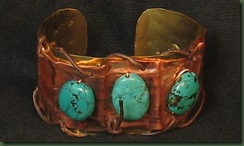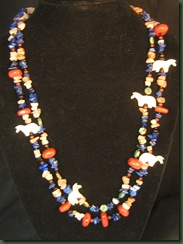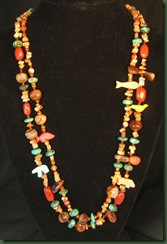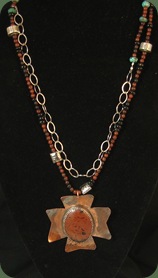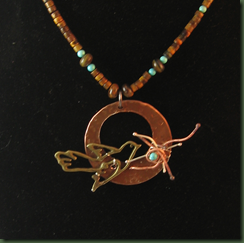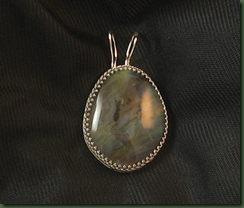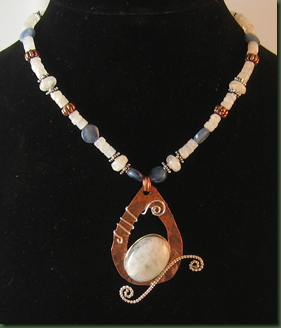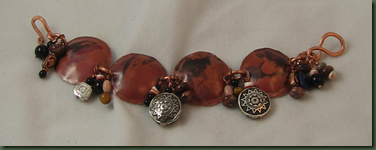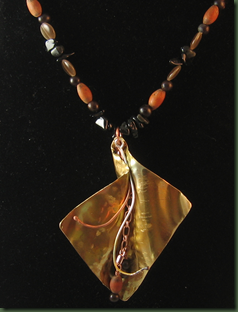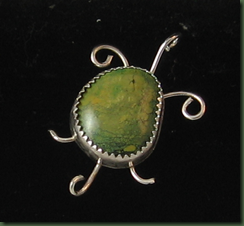. . . I shall wear purple . . . “ Those are the initial words of a poem called Warning by Jenny Joseph. The poem appears in a book by the same name edited by Sandra Halderman Martz. The contents of this collection include both poems and short narratives such as The Trouble Was Meals, Late Autumn Woods and Reaching Toward Beauty. Years ago when I first bought this book, I thought the pictures of the elderly woman throughout the book were frightening. But after so many trips to the mirror and the nursing home, they look quite normal now. Reading it now for the third or fourth time Warning remains my favorite entry. Not only does the woman in this poem say that she will wear purple, she’s also going to make up for the sobriety of her youth by picking flowers in other people’s gardens and learning to spit. In the final part of this piece, author Joseph suggests that she needs to practice now so that people won’t be shocked when she really is old and starts to wear purple.
I say “hurrah!” I think we should all wear a little purple now and not wait until we’re too old to get a kick out of it. I’ve actually been practicing for years now. Once while shopping with my young adult daughter we saw a rather rotund lady going in a store with curlers in her hair and an orange housedress on. I asked my daughter to not ever let me do that. Then, on her wedding day as we rushed around with our preparations, there I was with curlers in my hair and my lime green and orange housedress on. I went to the nursing home to pick up my Mother in that garb. I’m thinking that when I’m old no one will worry about what’s in my hair or what I’m wearing. I guess I was just practicing on that wedding day.
Today’s jewelry pieces fit with all this practicing. They’re PURPLE! As I looked around at my products and caught up on what had sold at the stores, I realized that purple goes out the door pretty quickly. See what you think about these two new pieces.  The pendant at the right hangs from a lightweight strand of amethyst chips and sterling rounds. The bezel is one of those for which I became brave enough to use all sterling silver. Other pictures are in my etsy store at the following address:
The pendant at the right hangs from a lightweight strand of amethyst chips and sterling rounds. The bezel is one of those for which I became brave enough to use all sterling silver. Other pictures are in my etsy store at the following address:
http://www.etsy.com/listing/53924047/sterling-and-amethyst-pendant-necklace
The second piece is based on the colors of a specific garment at one of the boutiques. The amethyst is highlighted with just a few olive colored Czech crystals. You can see one of the larger stones best in the side picture blowup. http://www.etsy.com/listing/53963222/amethyst-and-sterling-necklace?ref=v1_other_1
Now that I’ve got my purple to wear, the poem also says I can gobble up samples in shops and wear my slippers out in the rain. It sounds like I’ve got all sorts of things to practice for when I’m an old woman. Does anyone out there want to join me?









